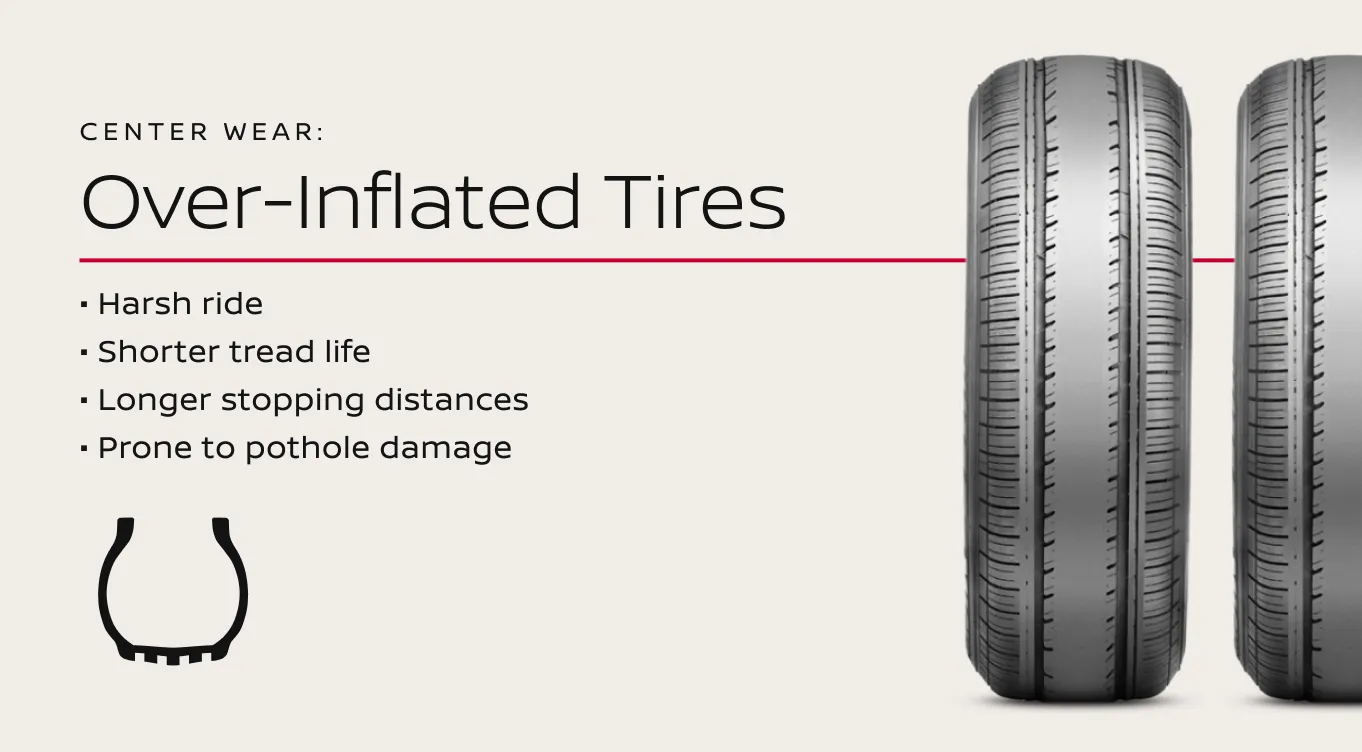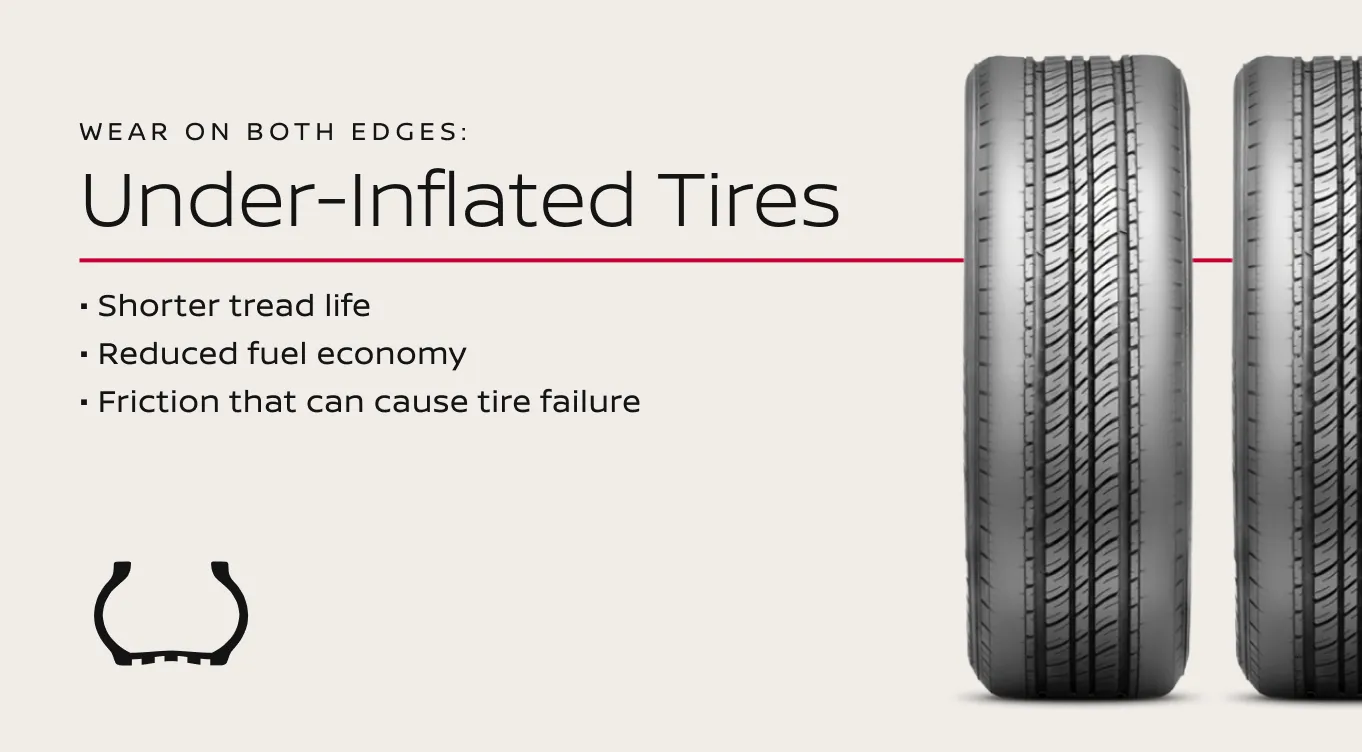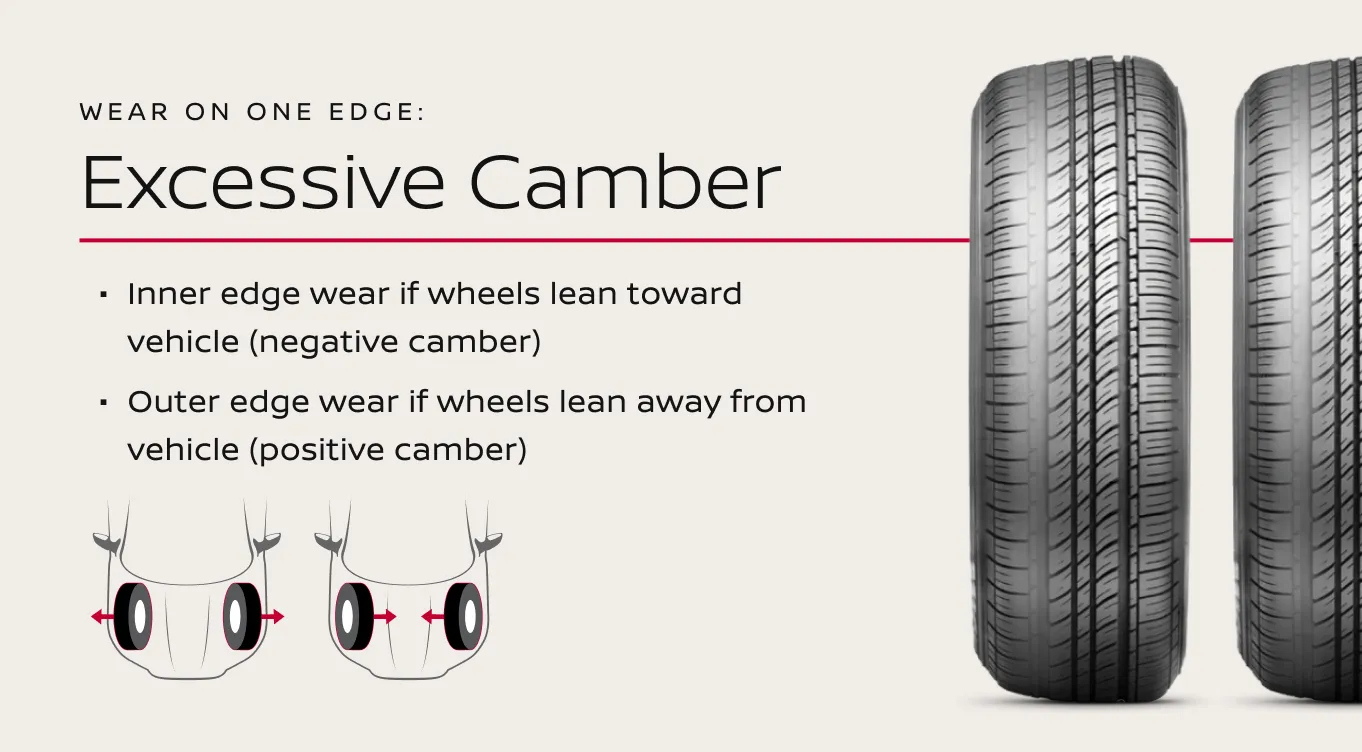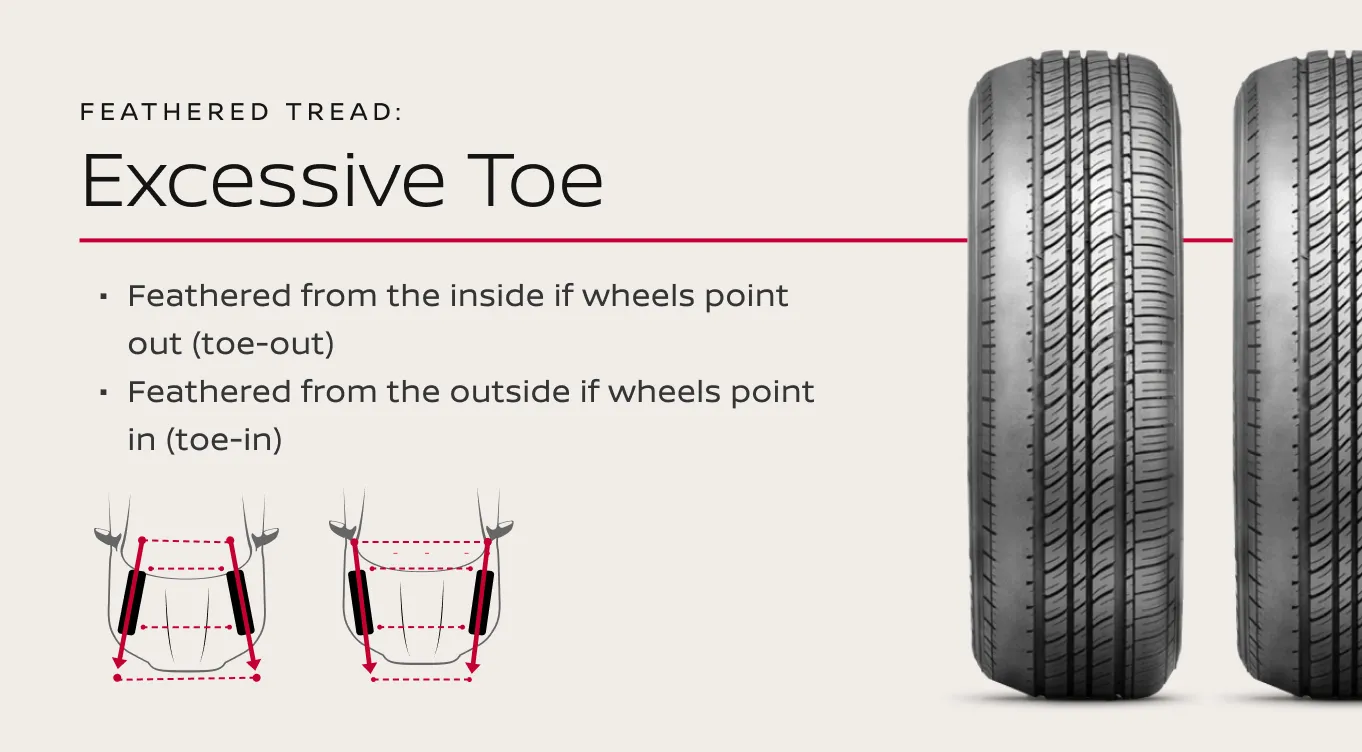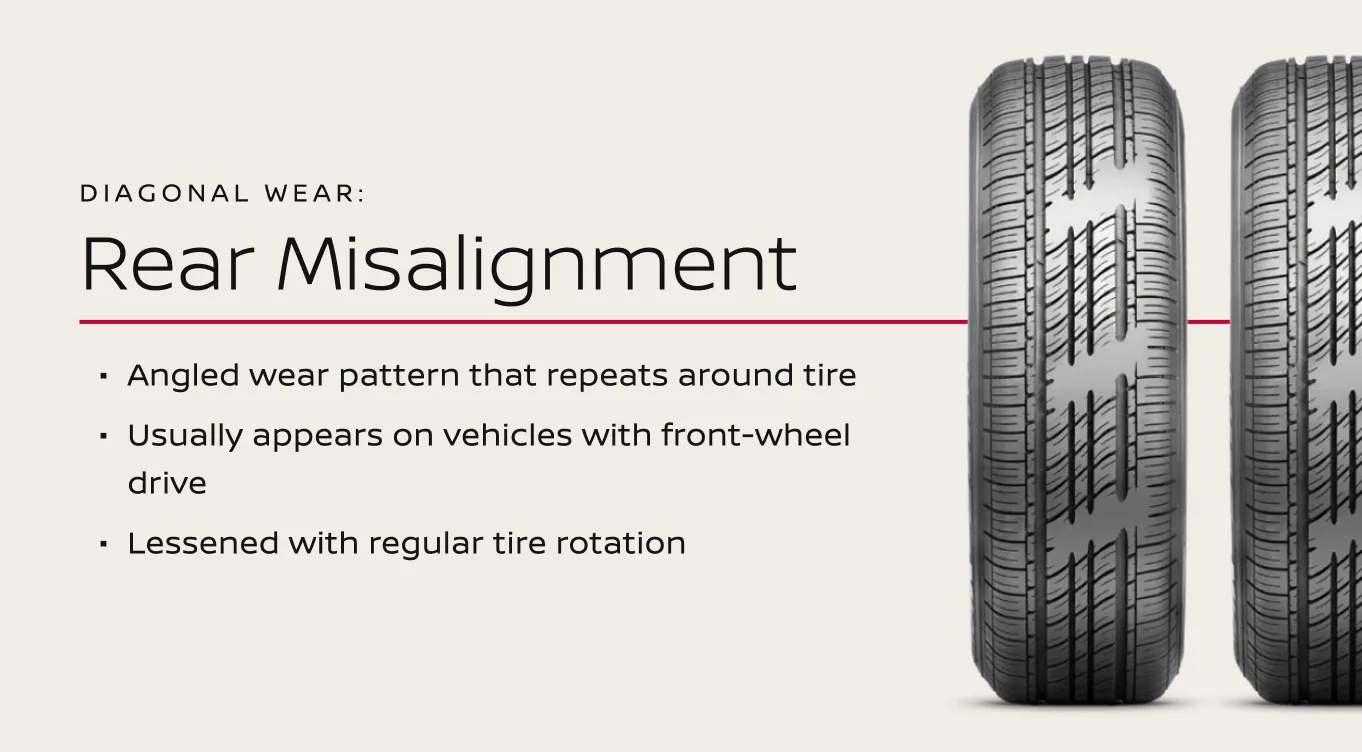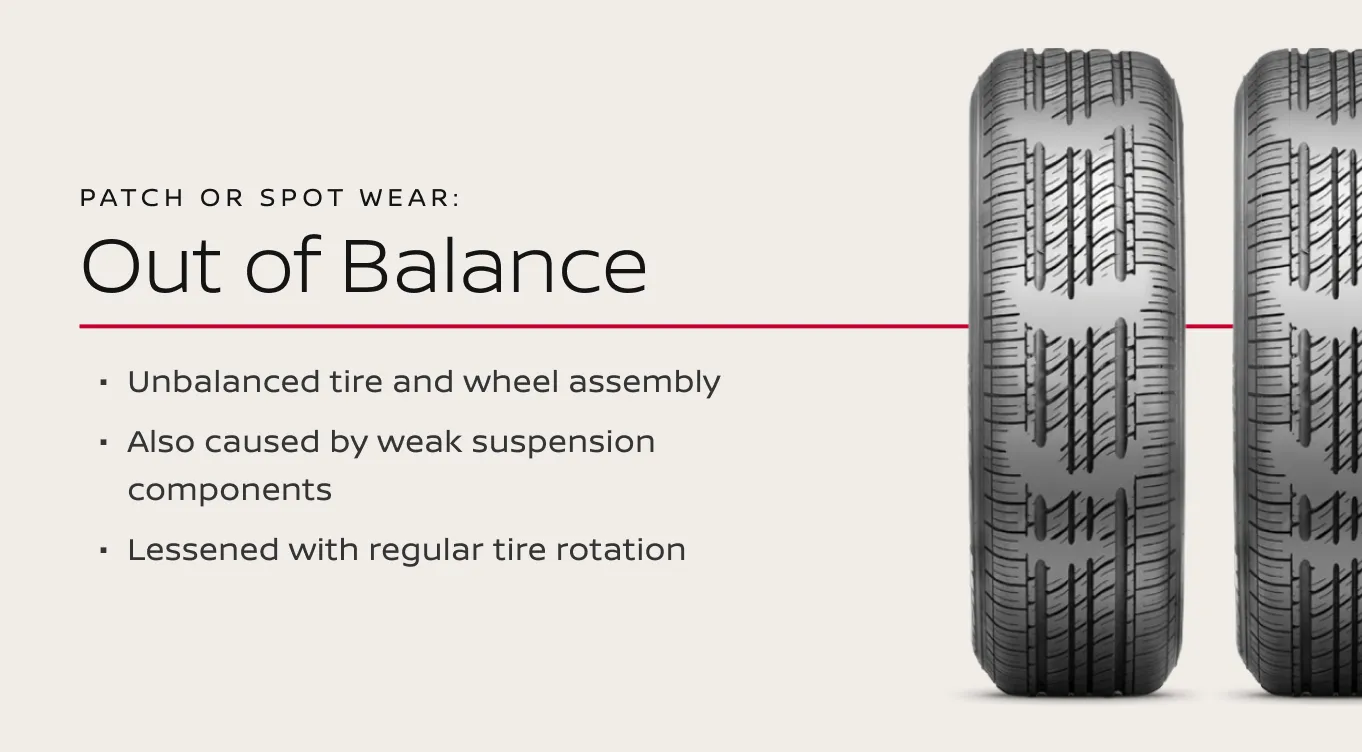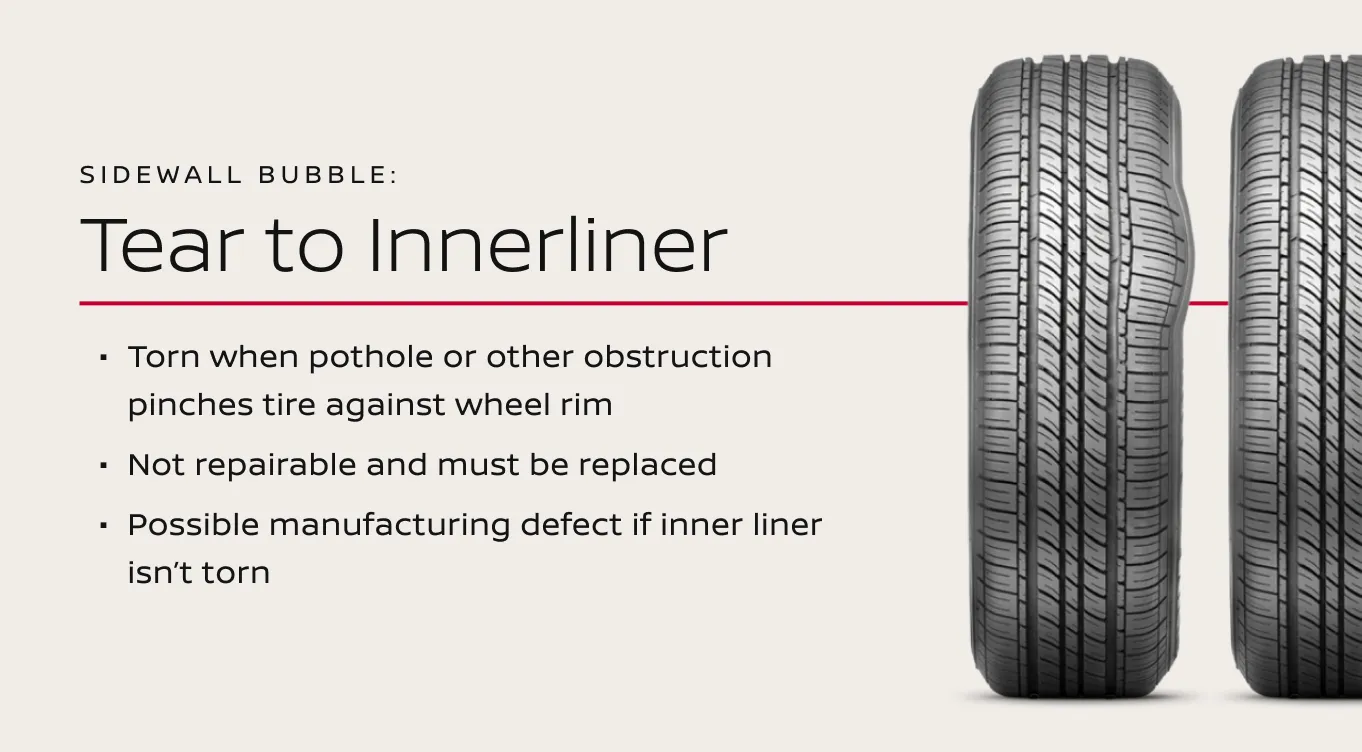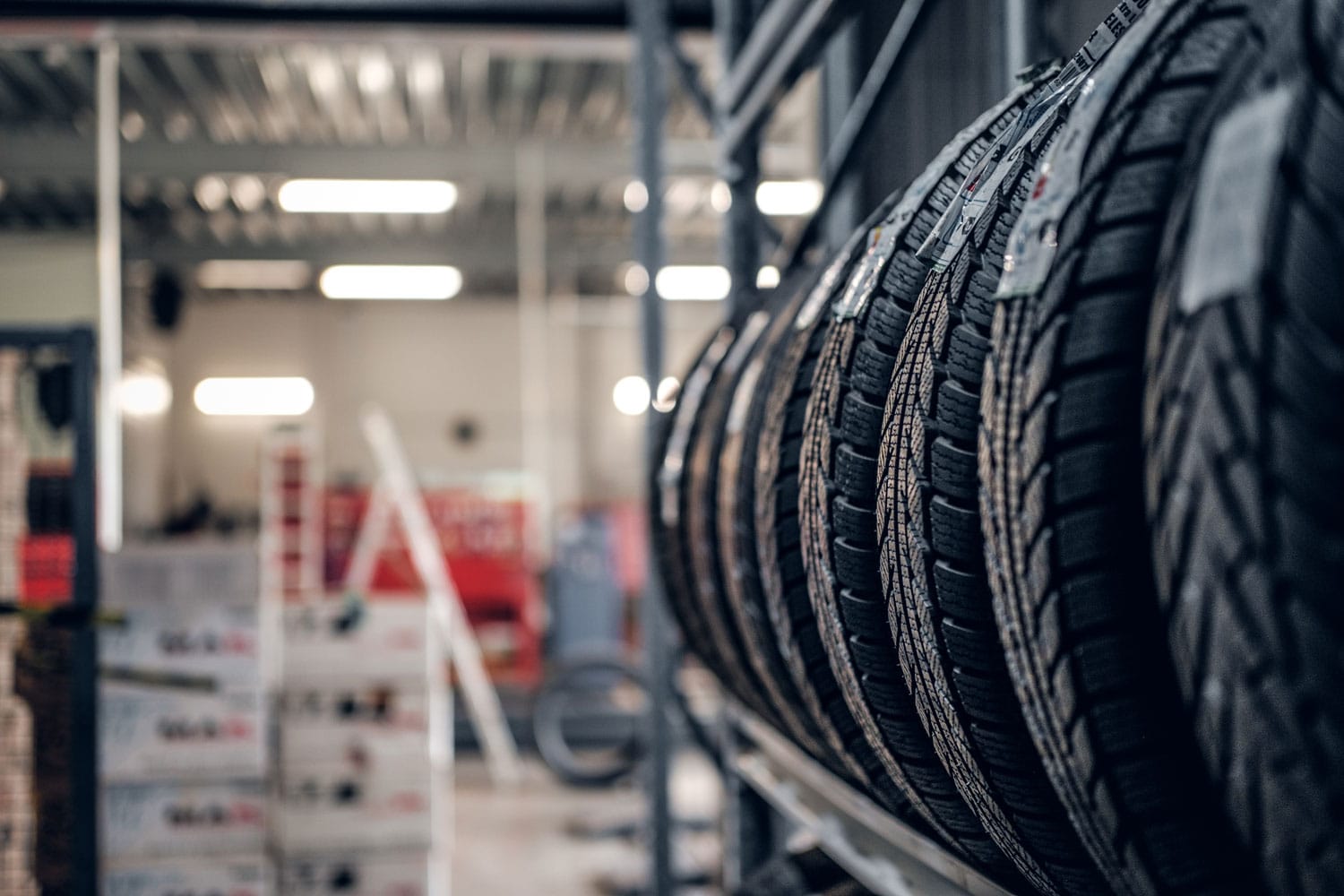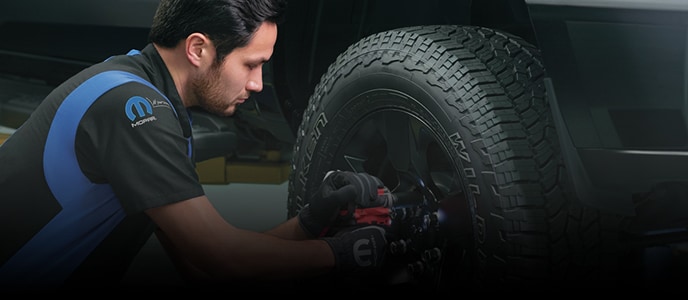Improper Tire Inflation
The Dangers of Improper Tire Inflation
Proper tire inflation is essential for your vehicle’s safety, performance, and fuel efficiency. Under-inflated tires increase rolling resistance, causing premature wear, reduced fuel economy, and a higher risk of blowouts. Over-inflated tires, on the other hand, create a smaller contact patch with the road, leading to reduced traction, a harsher ride, and uneven tread wear.
Poor Tire Alignment
The Risks of Poor Tire Alignment
Poor wheel alignment can lead to uneven tire wear, reduced fuel efficiency, and compromised handling. If your vehicle pulls to one side, your steering wheel vibrates, or your tires show uneven tread wear, it may be time for an alignment. Misaligned wheels can also put extra stress on your suspension and steering components, leading to costly repairs.
Maintenance Needed
Rear Misalignment – Uneven Wear & Poor Handling
Rear misalignment can cause uneven tire wear, poor handling, and decreased fuel efficiency. If your vehicle feels unstable, drifts to one side, or your tires wear out faster than expected, your rear wheels may be out of alignment. This issue can also lead to increased strain on your suspension system, making driving less safe and comfortable.
Out of Balance Tires – A Rough & Unstable Ride
Unbalanced tires can lead to vibrations, uneven tread wear, and premature tire replacement. If you feel shaking in the steering wheel, seat, or floorboard—especially at higher speeds—your tires may need balancing. Driving with unbalanced tires not only reduces ride comfort but can also strain your suspension and steering components.
Road Impact
Road Impact – Hidden Damage & Uneven Wear
Potholes, curbs, and other road hazards can cause tire damage, misalignment, and even suspension issues. Hard impacts may lead to bulges, sidewall cracks, or internal damage that isn’t always visible. Over time, this can compromise your tire’s performance and safety.
